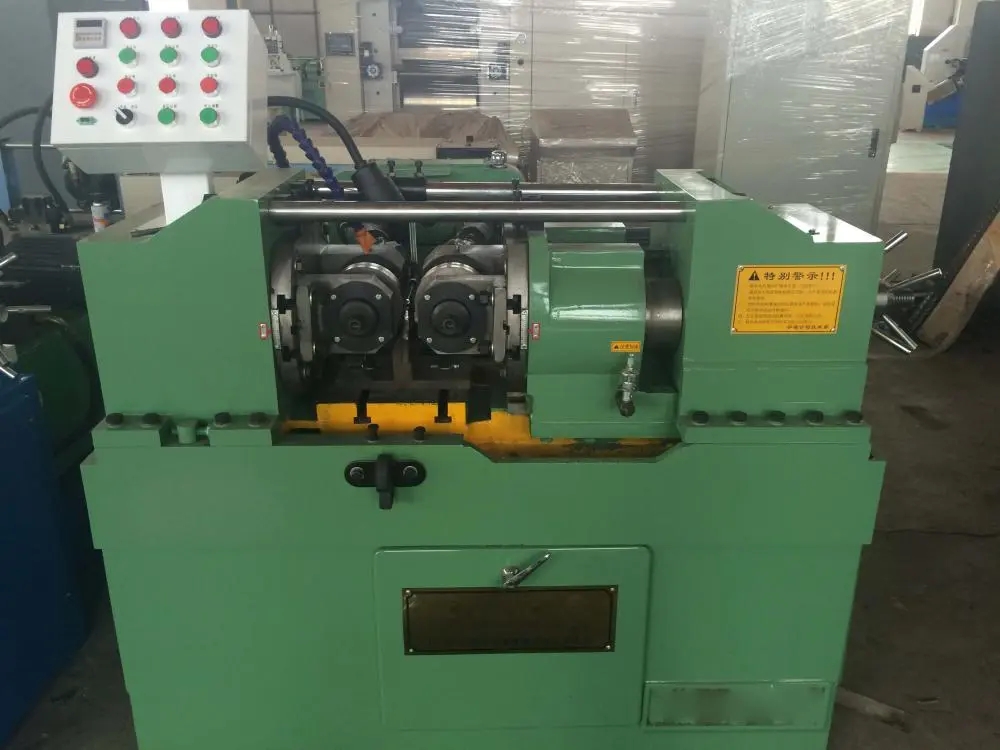
The Stud and Track Forming Machine Revolutionizing Construction and Manufacturing
In the world of construction and manufacturing, efficiency and precision are paramount. One innovative solution that has emerged to meet these needs is the stud and track forming machine. This remarkable equipment plays an essential role in the production of metal studs and tracks, which are crucial components in various building systems, particularly in commercial and residential structures.
A stud and track forming machine is designed to produce metal framing components quickly and accurately. It typically operates by feeding raw metal coils, which are then processed into studs and tracks through a series of forming stations. These machines can be programmed to create a wide range of dimensions and profiles, making them highly versatile. The automation involved in the process not only ensures consistency in the product but also significantly reduces labor costs and production times.
One of the key advantages of using a stud and track forming machine is its ability to enhance the structural integrity of buildings. Metal studs, often made from galvanized steel, are preferred for their strength, durability, and resistance to warping, mold, and insect damage. When used as the framework for walls and ceilings, these metal components provide a reliable and robust structure. Moreover, the precise engineering involved in the formation process leads to tight tolerances that ensure a smooth installation and a finished product that meets high-quality standards.

Additionally, stud and track forming machines can contribute to sustainability in construction. As industries move towards greener practices, using metal components can reduce waste and promote recyclability. Steel, for instance, is a material that is 100% recyclable, which aligns with the growing trend of eco-friendly building practices. Furthermore, the efficiency of these machines reduces the amount of energy consumed during the production process, further minimizing the environmental impact.
In applications beyond construction, stud and track forming machines are also valuable in manufacturing environments. Industries that require the creation of framing systems for various products, such as equipment racks or display systems, can benefit greatly from the versatility and efficiency of these machines. The ability to customize designs offers manufacturers the flexibility to meet specific needs without sacrificing quality or performance.
The advancements in technology have also led to the development of more sophisticated forming machines. Modern stud and track forming machines are often equipped with computer numerical control (CNC) systems, allowing for precise programming and adjustments on-the-fly. This ensures that manufacturers can adapt quickly to changing requirements or design alterations, maintaining a competitive edge in their respective markets.
In conclusion, stud and track forming machines are vital tools in both the construction and manufacturing industries, providing efficiency, precision, and sustainability. As demand for high-quality metal framing solutions continues to grow, these machines will undoubtedly play an increasingly significant role in shaping our built environment. For businesses looking to enhance their productivity while delivering superior products, investing in a stud and track forming machine may be one of the most strategic decisions they can make. As technology continues to evolve, we can expect even more innovations that will enhance their capabilities, paving the way for the future of construction and manufacturing.